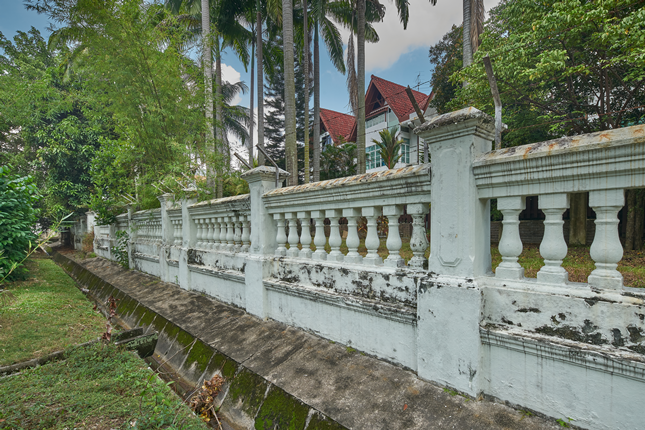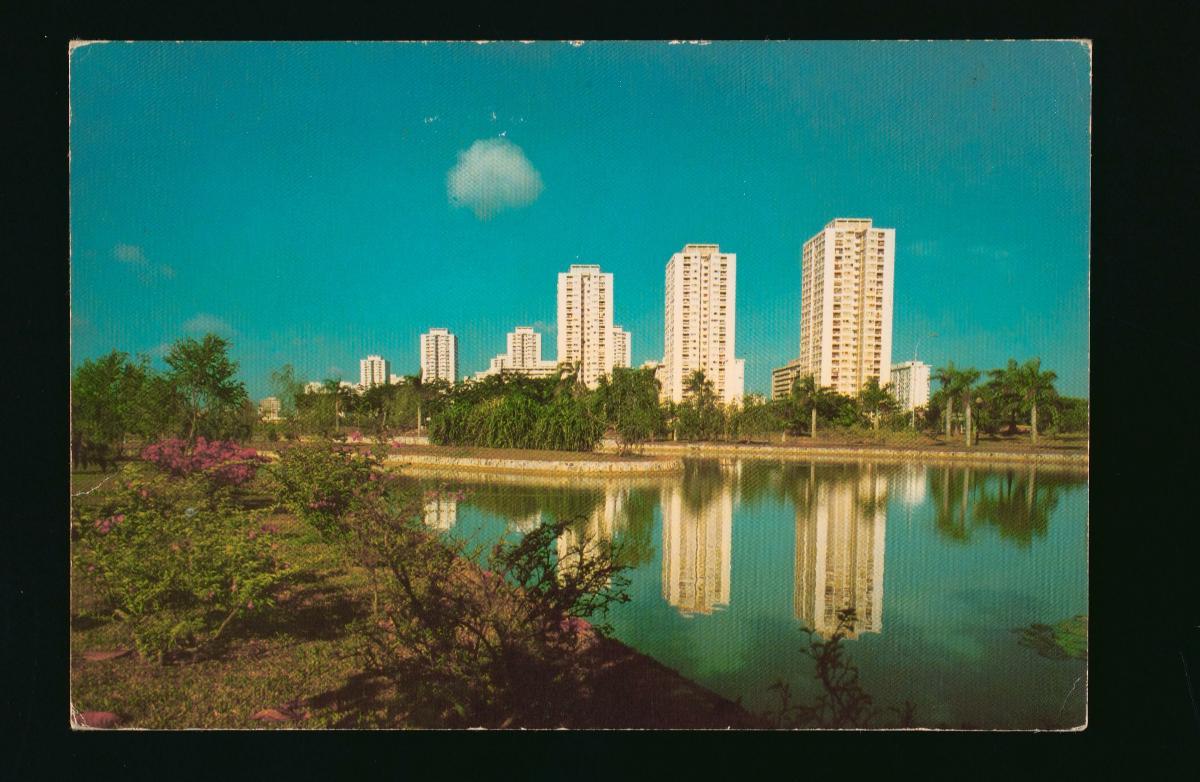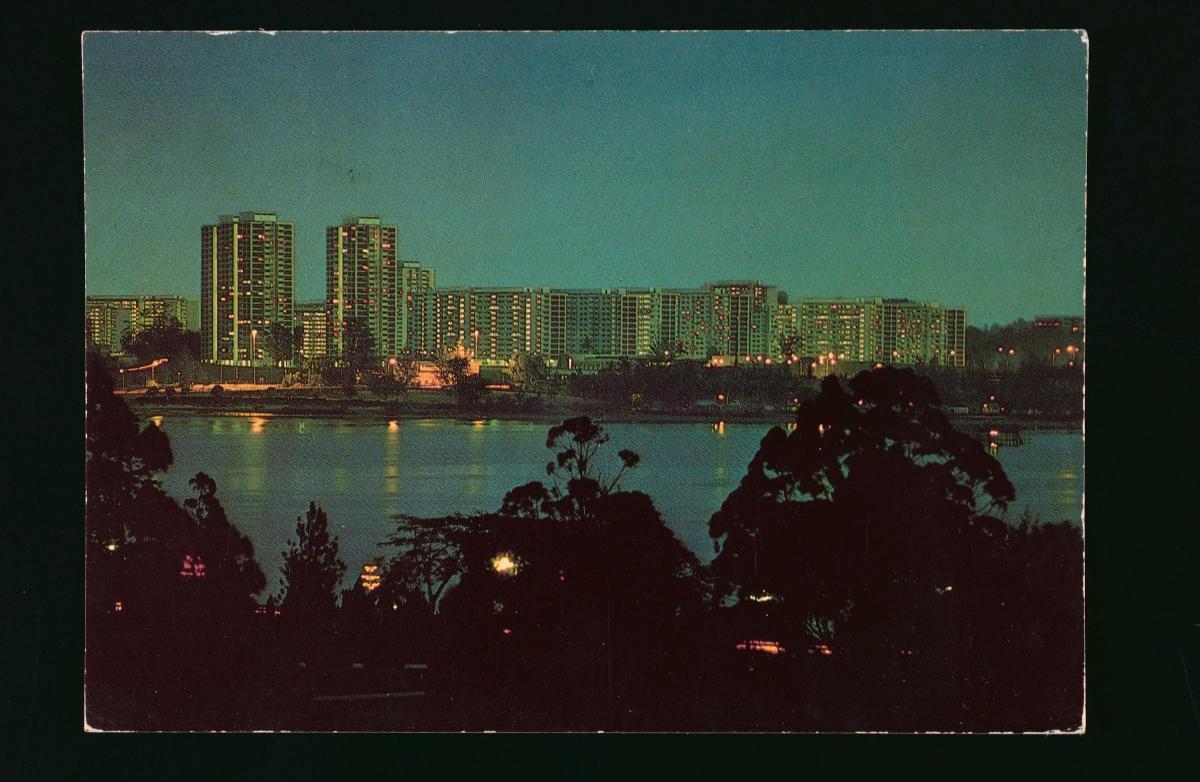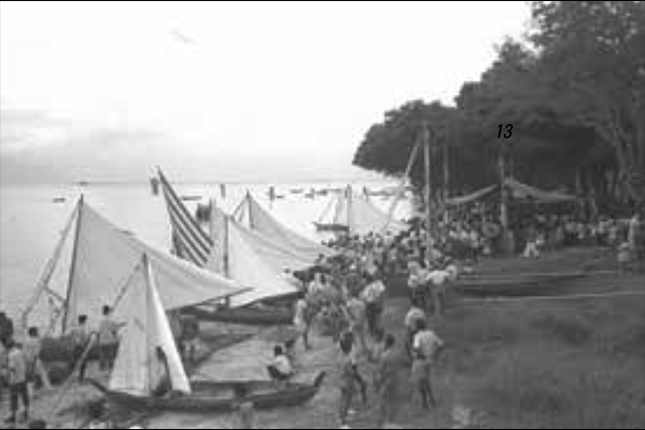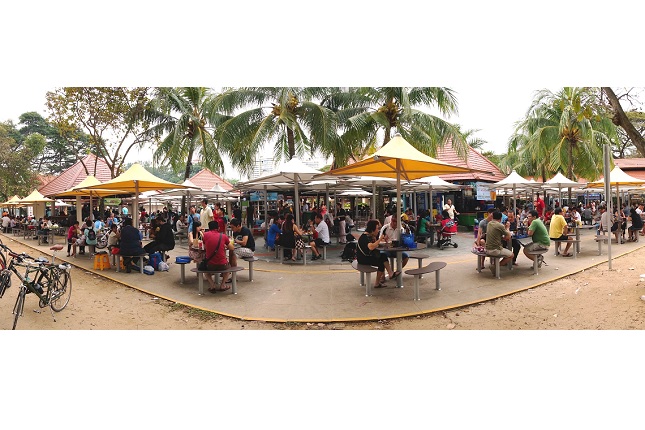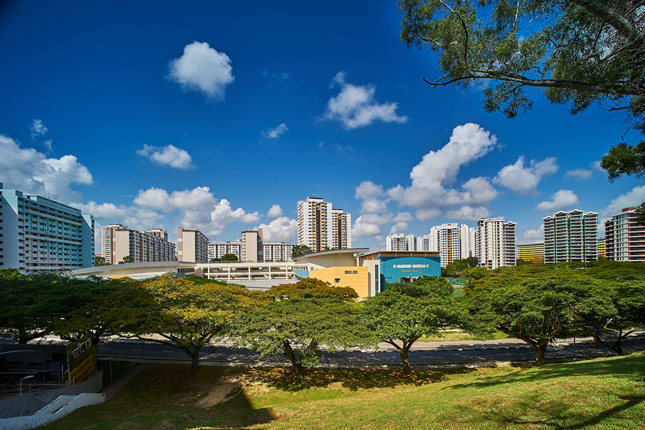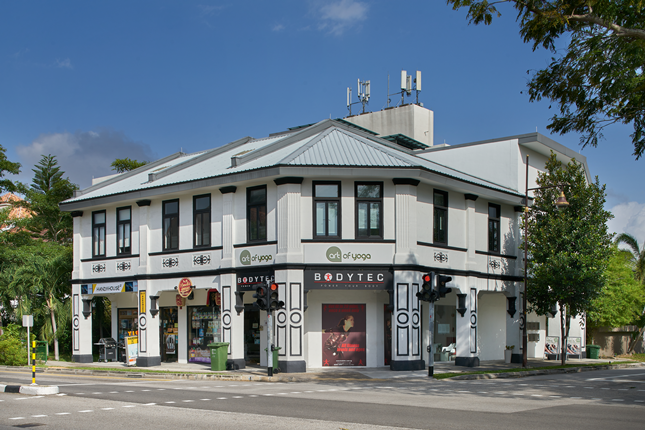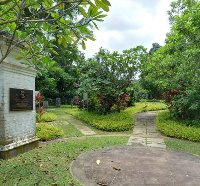Like beacons from the past, old seawalls located in this area speak of the evolution of the East Coast's character and physical landscape. These seawalls, including one that extends from behind Elliot Walk facing Marine Parade Road, serve as indicators of the development that has taken place by recalling the former coastline and water levels before land reclamation.
Land reclamation along the eastern coast took place between 1962 and 1985. Bedok Point was the location of a pilot project that resulted in the successful reclamation of 48 acres of land in 1963. This paved the way for the East Coast Reclamation Scheme, the largest land reclamation project at the time. The hills of Bedok were earmarked to provide earth for the project and many seaside landmarks, including seawalls, subsequently became inland markers of the former coastline.
Further along Marine Parade Road, just before the turn onto Nallur Road, is another well-preserved seawall that stretches across several properties and traces the original coastal embankment. Its posts and balustrades show influences from colonial architecture, while its iron gates feature seaside-themed motifs such as coconut trees, the sun and clouds.
Many wealthy and influential people lived in this area by the sea and noteworthy houses here include those which were previously owned by Tan Eng Chee, son of tycoon and philanthropist Tan Lark Sye, and entrepreneur Woo Mon Chew, after whom a nearby road is named.




